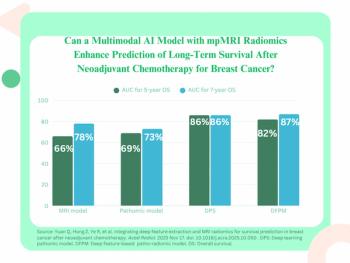
Of skin-colored gowns and brain MRI
Every so often you come across an idea that has so much merit you can’t imagine why somebody hadn’t come up with it before. Such is the case with hospital gowns matched to a patient’s skin color. Although sky blue and forest green might be stunning on the right patient, it is hard to imagine either one helping docs spot signs of diseases that can be found in skin color changes.
Every so often you come across an idea that has so much merit you can’t imagine why somebody hadn’t come up with it before. Such is the case with hospital gowns matched to a patient’s skin color. Although sky blue and forest green might be stunning on the right patient, it is hard to imagine either one helping docs spot signs of diseases that can be found in skin color changes.
Human eyes are hardwired to detect these changes, say
It is that kind of thinking that may lead to a future generation of MR contrast agents. To date we’ve been looking at “enhanced” images in shades of gray. Researchers at Ohio State University are asking if maybe it’s time to colorize, not the MR images but the operating field.
They are at experimenting with nanoparticles that are
This is one of those developments that won’t happen overnight. Animal tests haven’t even begun. But the idea is the product here, just as it is for skin-colored hospital gowns.
Radiology more than any other specialty is built on making the connection between diagnostic testing and disease as it actually occurs in the patient. Arguably, MR is successful for precisely this reason. Its images are intuitively recognizable, which is why radiologists were adopting MR long before its value was proven in clinical studies. Yet, in the nearly three decades since the commercialization of this modality, little more has been done to evolve the connection between disease seen in MR images and in the patient.
The Ohio State team has the right idea. We need to look for ways to make the presence of disease obvious. In that, we can take a lesson from the pioneers of skin-colored hospital gowns. It’s all about making disease stand out.
Newsletter
Stay at the forefront of radiology with the Diagnostic Imaging newsletter, delivering the latest news, clinical insights, and imaging advancements for today’s radiologists.




























